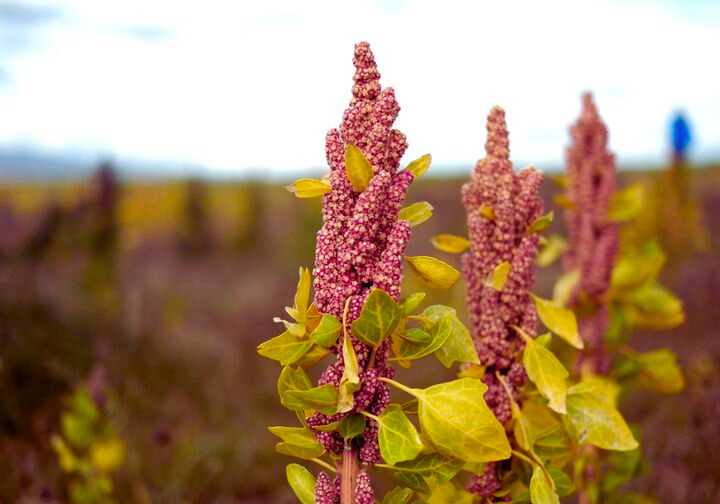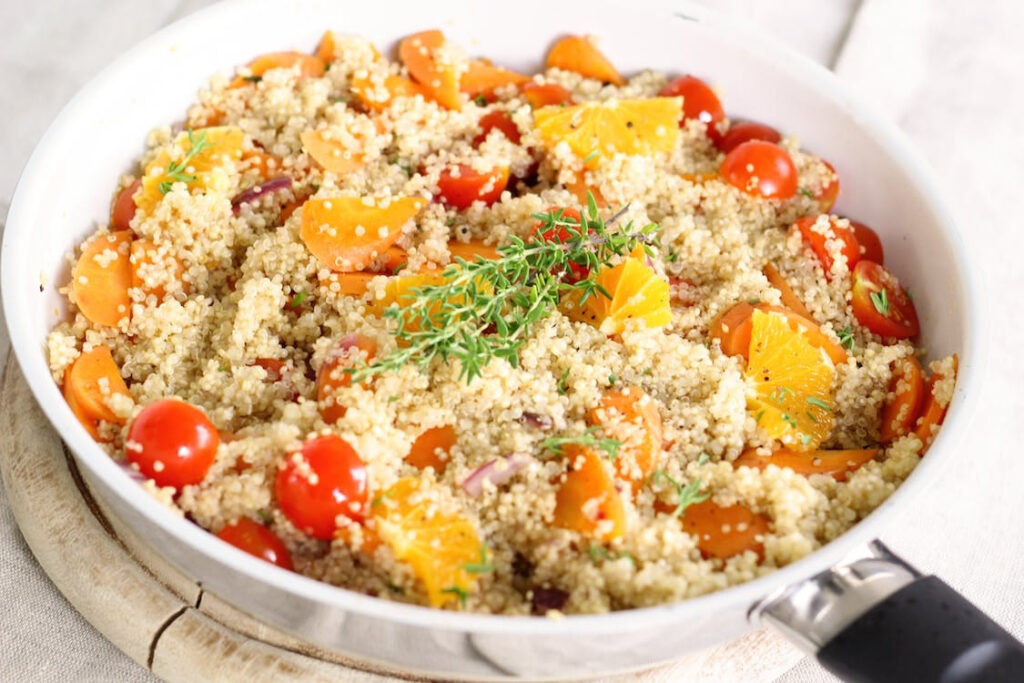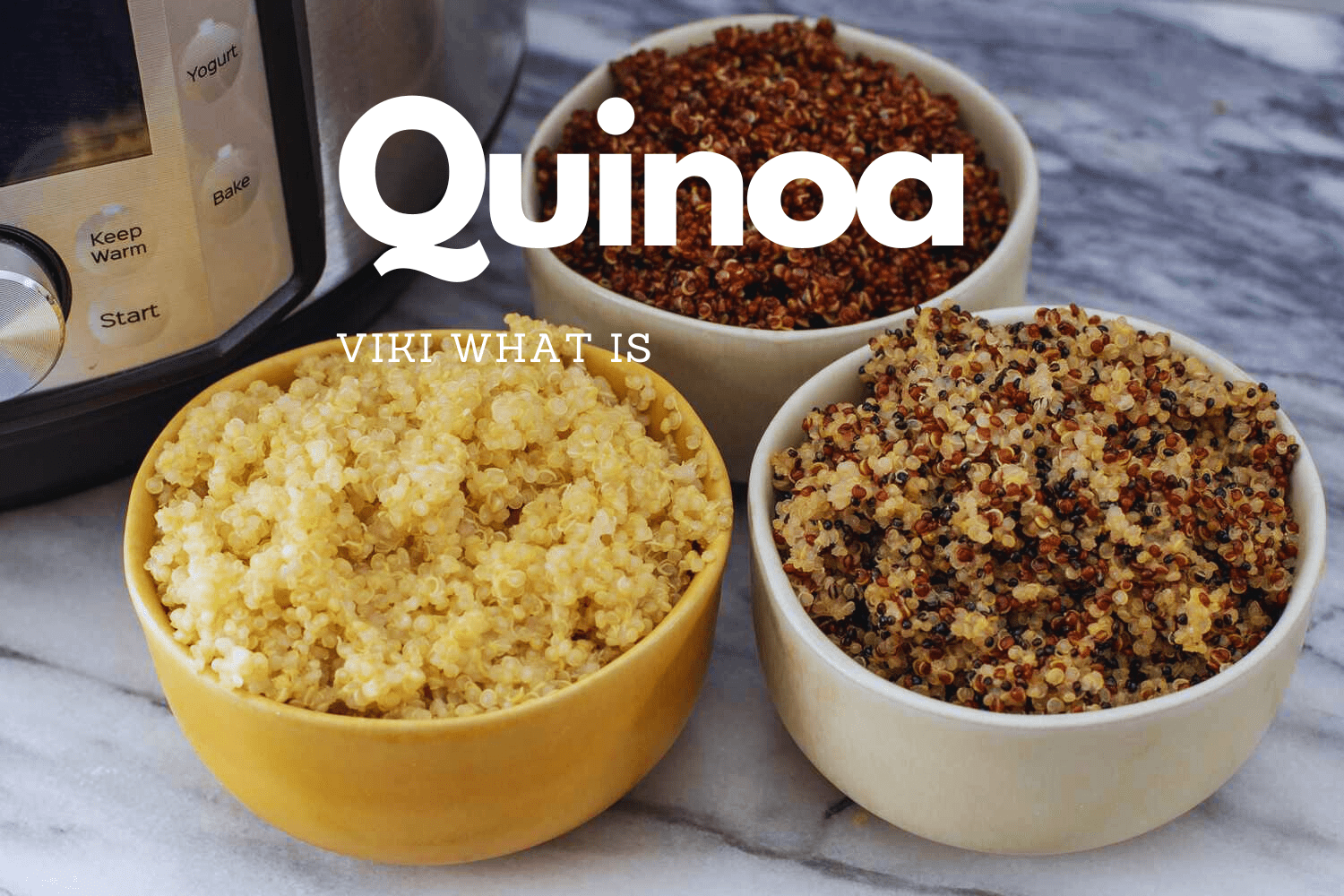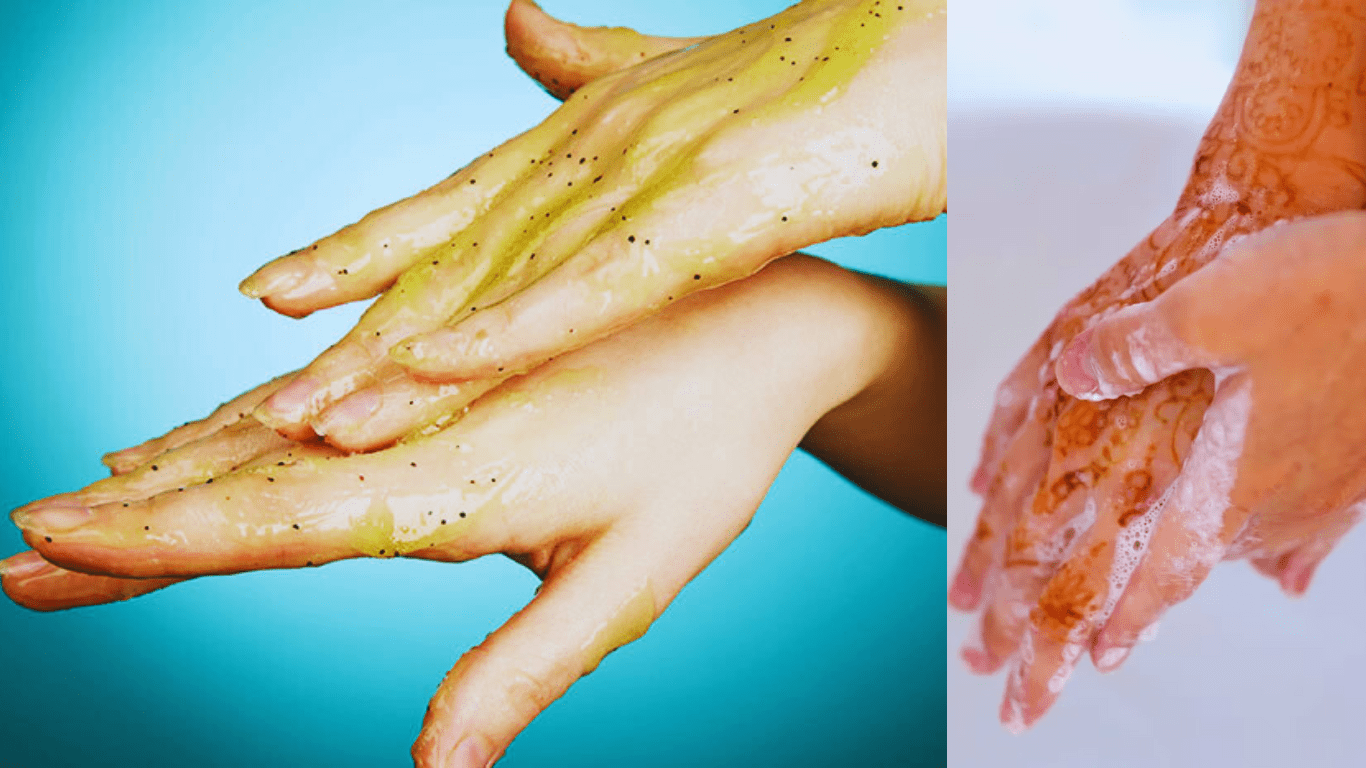Introduction
Quinoa, the ancient grain from South America, has become a staple in many kitchens around the world. However, there’s one question that often stumps even the most seasoned food enthusiasts: how do you pronounce quinoa? In this detailed guide, we will not only unravel the mystery behind the pronunciation of this superfood but also delve into its origins, nutritional benefits, and versatile uses in the culinary world.
How to Pronounce Quinoa: Mastering the Art

Quinoa is pronounced keen-wah. The word originates from the Quechua language of the Andean region in South America. Its unique pronunciation is as intriguing as its rich history. Keen-wah, with its emphasis on the first syllable, is the correct and widely accepted way to say it.
Mastering the Pronunciation: A Step-by-Step Guide
To pronounce quinoa accurately, follow these steps:
- Start with “KEEN”: Emphasize the first syllable, saying “keen” as you would express eagerness.
- Add “WAH”: The second syllable, “wah,” rhymes with “ah.” Blend it smoothly with the first syllable, creating a harmonious flow.
Practice saying “keen-wah” aloud, focusing on the correct emphasis and rhythm. With a bit of practice, you’ll effortlessly master the pronunciation.
The Origins of Quinoa

Quinoa has a fascinating history that dates back thousands of years. It was a sacred crop for the Incas, believed to have originated in the Andean region of present-day Peru, Bolivia, and Ecuador. The crop was essential to their diet and spiritual rituals, making it a symbol of health and longevity.
Quinoa’s Nutritional Marvel

Quinoa is not just a delight for the taste buds; it’s also a nutritional powerhouse. Packed with protein, fiber, and essential vitamins and minerals, quinoa has gained its reputation as a superfood. Its gluten-free nature makes it a popular choice among health-conscious individuals and those with gluten intolerance.
Exploring the Culinary Wonders of Quinoa

Quinoa’s versatility knows no bounds. Its mild flavor and fluffy texture make it a perfect addition to salads, soups, stews, and even baked goods. As a side dish, it complements a wide array of proteins and vegetables, enhancing the overall dining experience.
Conclusion: Embracing Quinoa in Your Culinary Journey
In conclusion, quinoa is not just a superfood; it’s a cultural gem with a rich history and nutritional benefits. By mastering the correct pronunciation, keen-wah, you’ve taken the first step toward fully appreciating this ancient grain/seed. Whether you’re a seasoned chef or a home cook, incorporating quinoa into your culinary repertoire opens up a world of possibilities, both in taste and health.
Read also: How to Pronounce Charcuterie: A Culinary Journey Unveiled
How to Pronounce Quinoa Correctly: Frequently Asked Questions (FAQs)
Q: Is quinoa a grain or a seed?
Quinoa is technically a seed, but it’s commonly referred to as a whole grain due to its grain-like properties and culinary uses.
Q: Can quinoa be pronounced differently in different regions?
While accents and regional dialects might lead to slight variations, the correct pronunciation remains keen-wah universally.
Q: How is quinoa beneficial for vegetarians and vegans?
Quinoa is an excellent source of plant-based protein, making it an essential ingredient for those following vegetarian or vegan diets.
Q: What is the proper way to cook quinoa?
To cook quinoa, rinse it thoroughly, combine it with water or broth in a 2:1 ratio, bring it to a boil, then reduce the heat and simmer until the liquid is absorbed, typically around 15-20 minutes.
Q: Can quinoa be used in sweet dishes?
Yes, quinoa can be used in various sweet recipes, such as puddings, breakfast bowls, and desserts, adding a delightful nutty flavor and nutritional boost.
Q: Is quinoa suitable for people with gluten intolerance?
Quinoa is naturally gluten-free, making it an excellent alternative for individuals with gluten intolerance or celiac disease.




